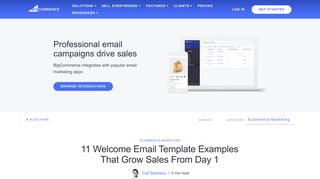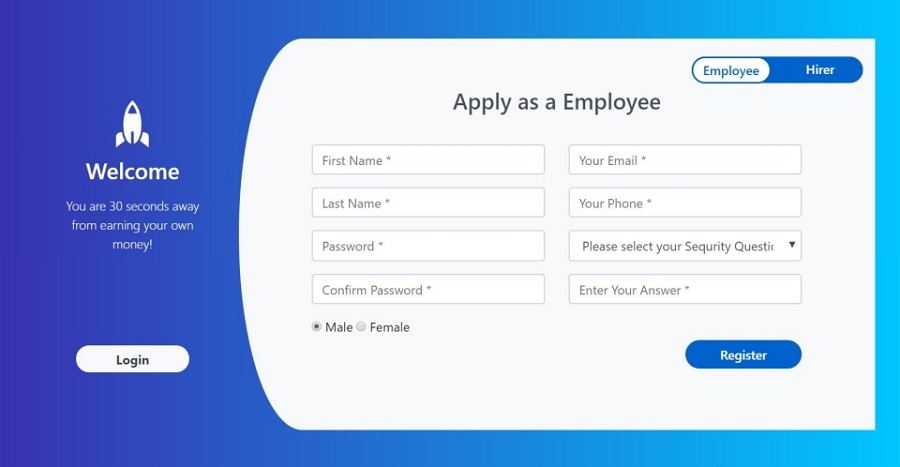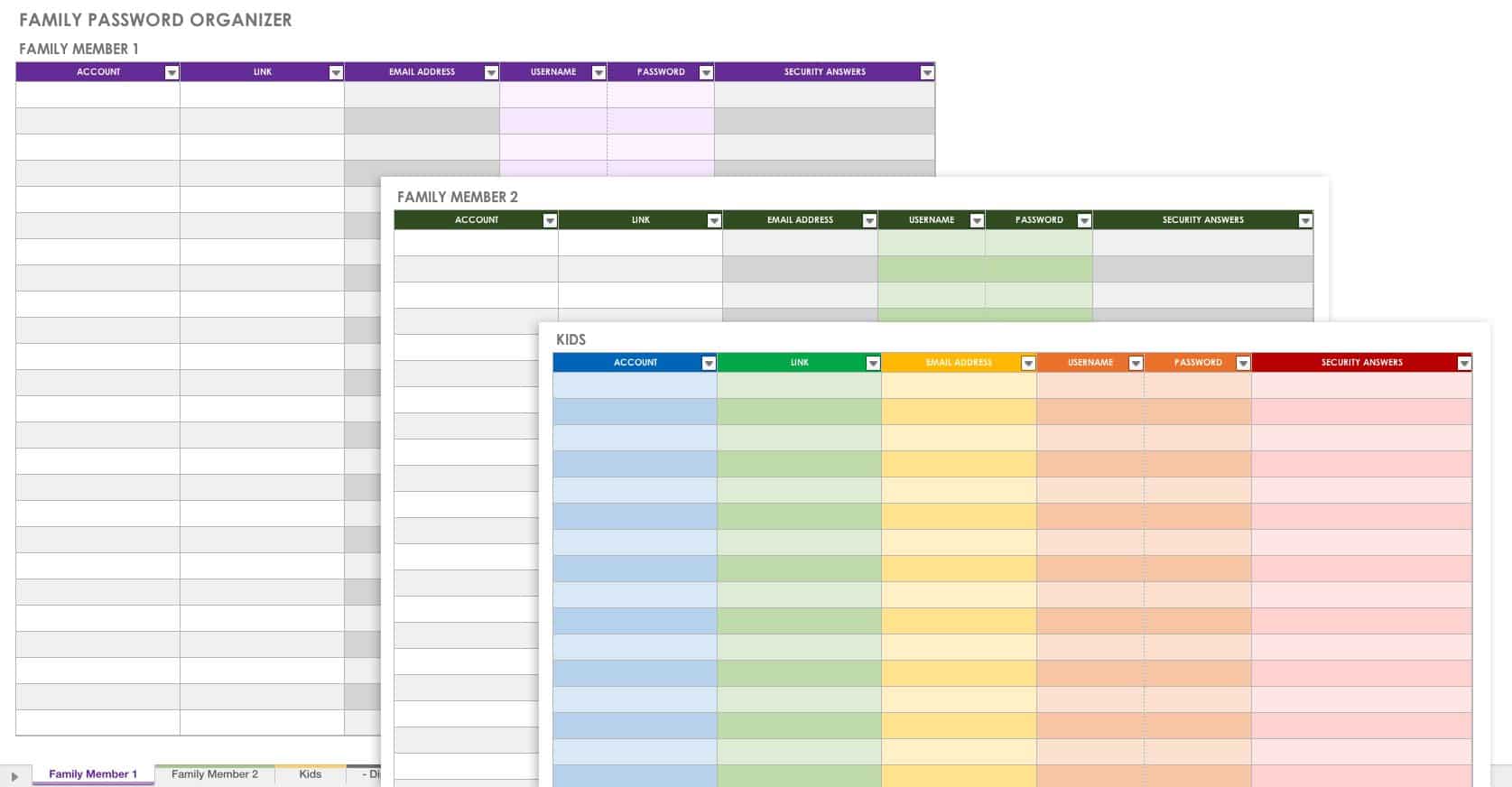

- LOGIN INFORMATION TEMPLATE HOW TO
- LOGIN INFORMATION TEMPLATE UPDATE
- LOGIN INFORMATION TEMPLATE PASSWORD

In the Groups section, select Library Member group from the list of Available groups, and then press the right-arrow between the boxes to move it into the Chosen groups box. Further down you can specify the user's groups and permissions, and see important dates related to the user (e.g. These fields include the first name, last name, email address, and the user's status and permissions (only the Active flag should be set). The admin site will create the new user and immediately take you to a Change user screen where you can change your username and add information for the User model's optional fields.
LOGIN INFORMATION TEMPLATE PASSWORD
LOGIN INFORMATION TEMPLATE UPDATE
create_user ( 'myusername', , 'mypassword' ) # Update fields and then save again
LOGIN INFORMATION TEMPLATE HOW TO
We'll also show you how to create permissions, and check on login status and permissions in both views and templates. We'll still need to create some templates, but that's pretty easy. However, in this article, we're going to use Django's "stock" authentication views and forms for our login and logout pages. The authentication system is very flexible, and you can build up your URLs, forms, views, and templates from scratch if you like, just calling the provided API to log in the user.

We'll use the authentication/permissions to display lists of books that have been borrowed for both users and librarians. In this tutorial, we'll show you how to enable user authentication in the LocalLibrary website, create your own login and logout pages, add permissions to your models, and control access to pages. For example, throttling of login attempts and authentication against third parties (e.g. Solutions for some common problems are available as third-party packages.

Note: According to Django the authentication system aims to be very generic, and so does not provide some features provided in other web authentication systems.


 0 kommentar(er)
0 kommentar(er)
